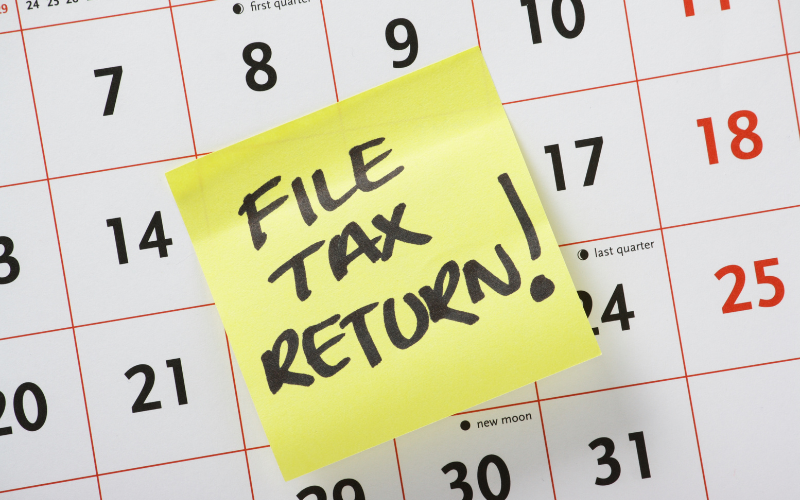Old and New Tax Regime: A Strategic Decision for Every Taxpayer
admin
August 8, 2025

The Indian income tax system currently offers taxpayers two distinct options for filing their returns – the Old Tax Regime and the New Tax Regime. Understanding the differences between the two and making an informed choice has become increasingly important, especially as the Income Tax Department has intensified its scrutiny over deduction claims in recent years.
Introduction of the New Tax Regime
The New Tax Regime was introduced as part of a broader effort to simplify the tax filing process and encourage compliance by offering reduced tax rates. To promote its adoption, the government has structured the regime to be more attractive for those who prefer straightforward tax calculations without claiming multiple deductions and exemptions.
Key Differences: Old Regime vs. New Regime
Under the Old Regime, taxpayers can avail themselves of various deductions such as Section 80C (investments), 80D (medical insurance), HRA, LTA, interest on housing loan, and more. While this often leads to significant tax savings, it requires proper documentation and careful tax planning.
In contrast, the New Regime offers lower tax rates but allows very limited deductions. It is suitable for individuals who have fewer investments or do not wish to engage in detailed tax planning. The slabs under the New Regime have been structured to ensure a lower tax burden for those who do not claim substantial deductions under the Old Regime.
Scrutiny Under the Old Regime
In recent years, there has been a noticeable increase in the vigilance of the Income Tax Department regarding deductions claimed under the Old Regime. This is largely due to reported instances of aggressive tax planning and tax avoidance. As a result, individuals opting for the Old Regime are more likely to receive scrutiny or notices from the Department compared to those choosing the New Regime.
Choosing the Right Regime
It is crucial for every taxpayer to compare their tax liability under both regimes before filing their Income Tax Return (ITR). Factors such as income level, eligible deductions, investment profile, and documentation readiness should guide this decision.
Even if your employer has deducted TDS based on one regime (say, Old Regime), you still have the flexibility to choose the other regime while filing your return.
However, one must note a critical point: the default option is the New Tax Regime. If a taxpayer wishes to opt for the Old Regime, this choice must be made before the due date for filing the return. After the due date, the option to select the Old Regime is not available, which may lead to higher tax liability in certain cases.
Avoid Costly Mistakes
We have observed instances where taxpayers incurred substantial losses simply because they failed to select the appropriate regime in time. Missing the deadline can result in being locked into a regime that is not financially optimal.


Final Thoughts
Choosing between the Old and New Tax Regime is not just a compliance task – it’s a strategic financial decision. Evaluate your total income, understand your deductions, use the available tax calculators, and consult your tax advisor if necessary. Most importantly, file your return within the due date and make your choice of regime consciously.
Get in Touch
Email: hello@zentax.com
Phone: +91-7995510999




